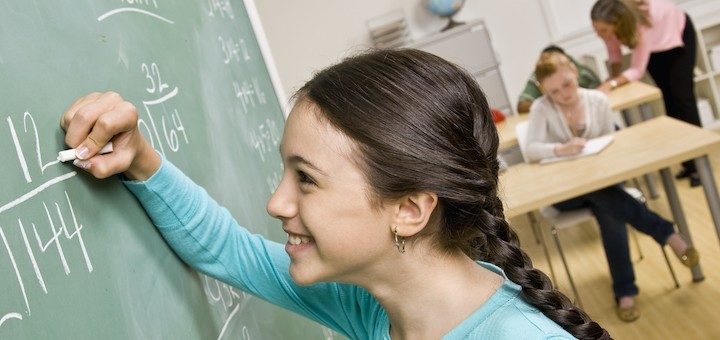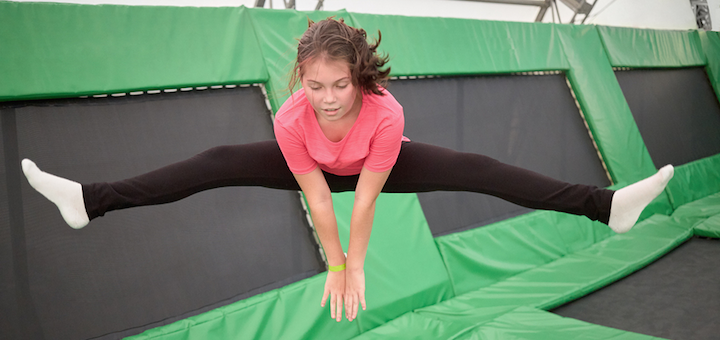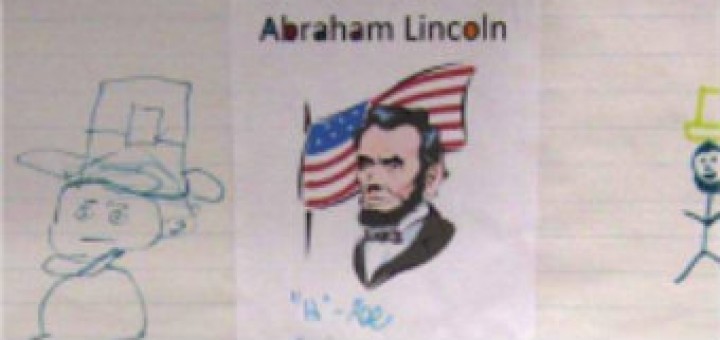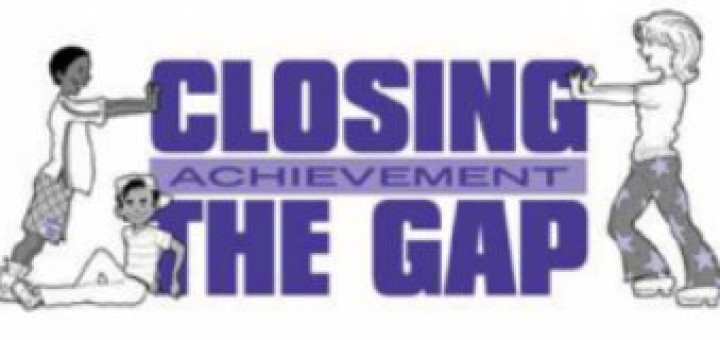Tagged: students with disabilities
Bradley Witzel and Barbara Blackburn share research-supported strategies proven effective for students with special needs and mathematics challenges. They model the concrete-visual-abstract sequence of instruction (CVA) and schema-based instruction (SBI) for word problems.
Most educators take one of two perspectives on students with disabilities, says Elizabeth Stein. They see them with deficits or with strengths and assets. In this resource-rich post, Stein makes the case for an assets-based approach to designing accommodations and the IEP.
National Bullying Prevention Month begins October 1. Throughout the year MiddleWeb’s collection of anti-bullying resources from educators, nonprofits and agencies can help teachers and schools respond to bullying and cyberbullying, both of which peak in middle school.
It’s time, writes teaching coach Elizabeth Stein, for co-teachers to take a strong, visible and audible stance on behalf of those students “who have been on your mind every day since school began.” Co-teachers need to become social justice leaders in the classroom.
The authors effectively describe how to achieve rigor for students with disabilities by asking thinking questions, scaffolding with visuals, & modeling everything, says Laura Von Staden.
Framing lessons through the lens of the Universal Design for Learning isn’t about more time so much as it is about more strategic thinking, says Elizabeth Stein.
With Universal Design for Learning as their chisel, says Elizabeth Stein, teachers can sculpt super learning environments to meet every student’s needs.
Elizabeth Stein & assistant principal Paul McNeil consider personal, classroom, and school strategies that can help close achievement gaps for students with disabilities, including peer tutoring and support for high expectations. It takes a team approach, and it takes time and patience.

















